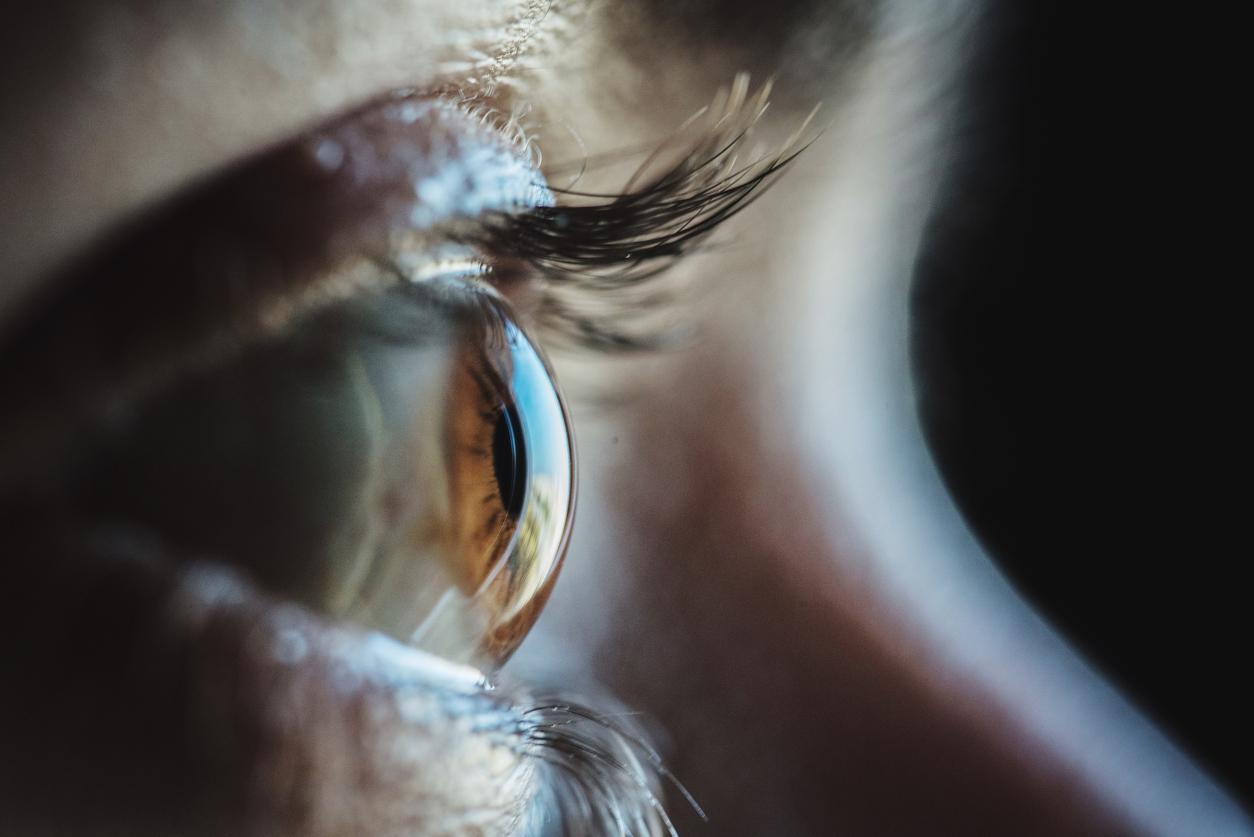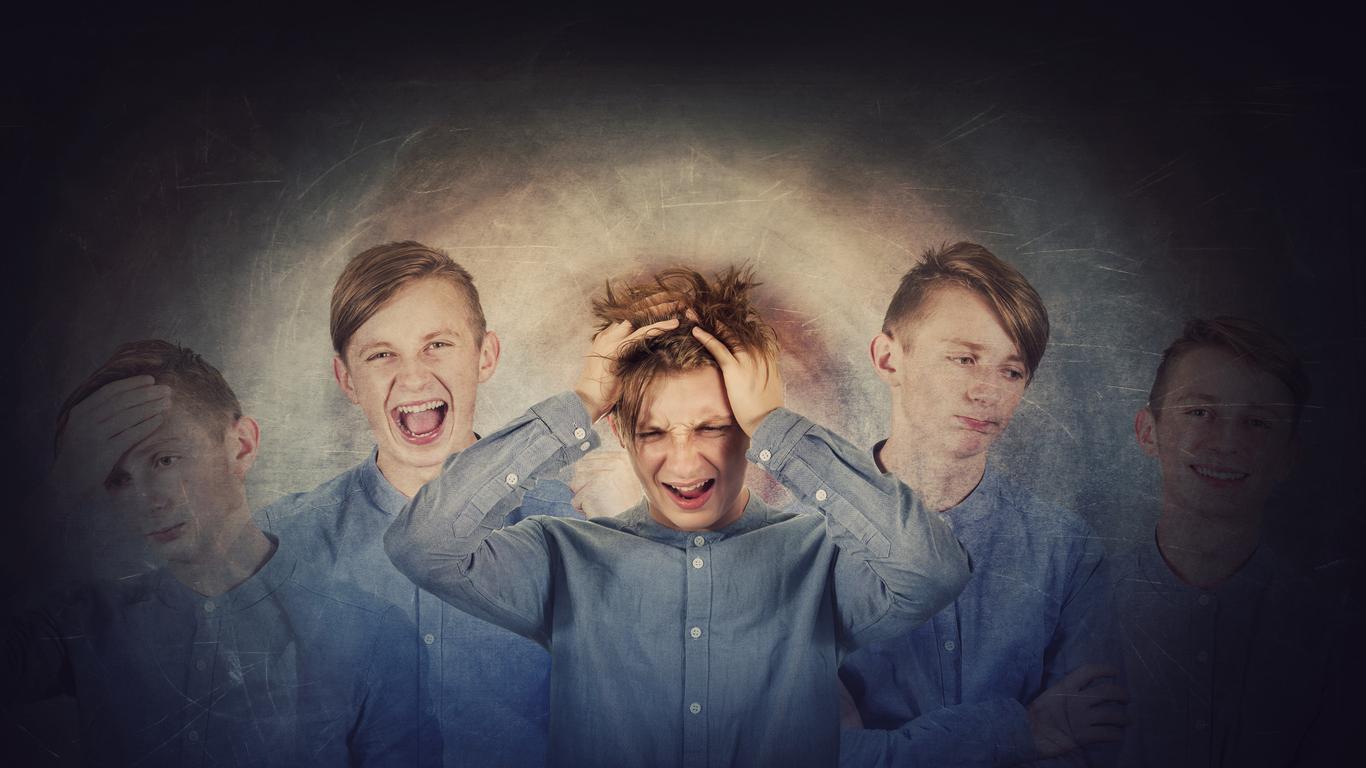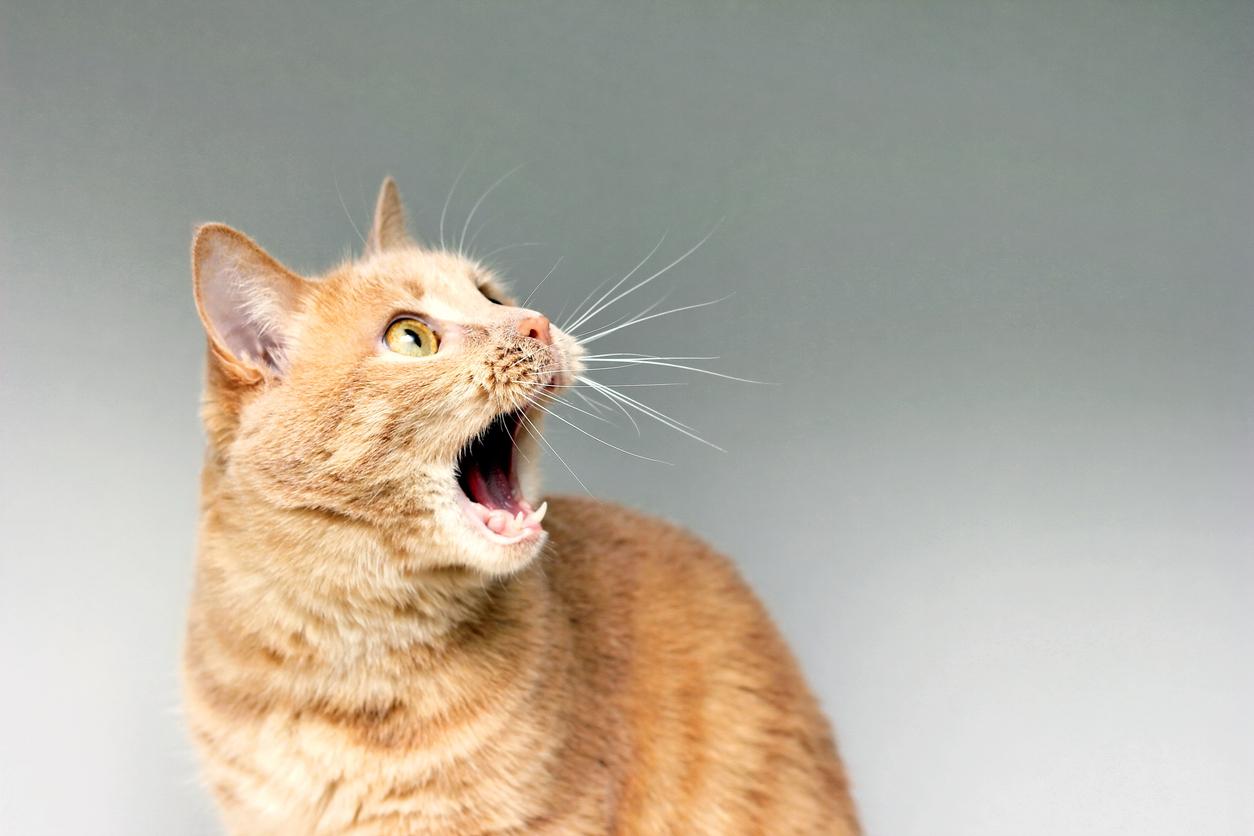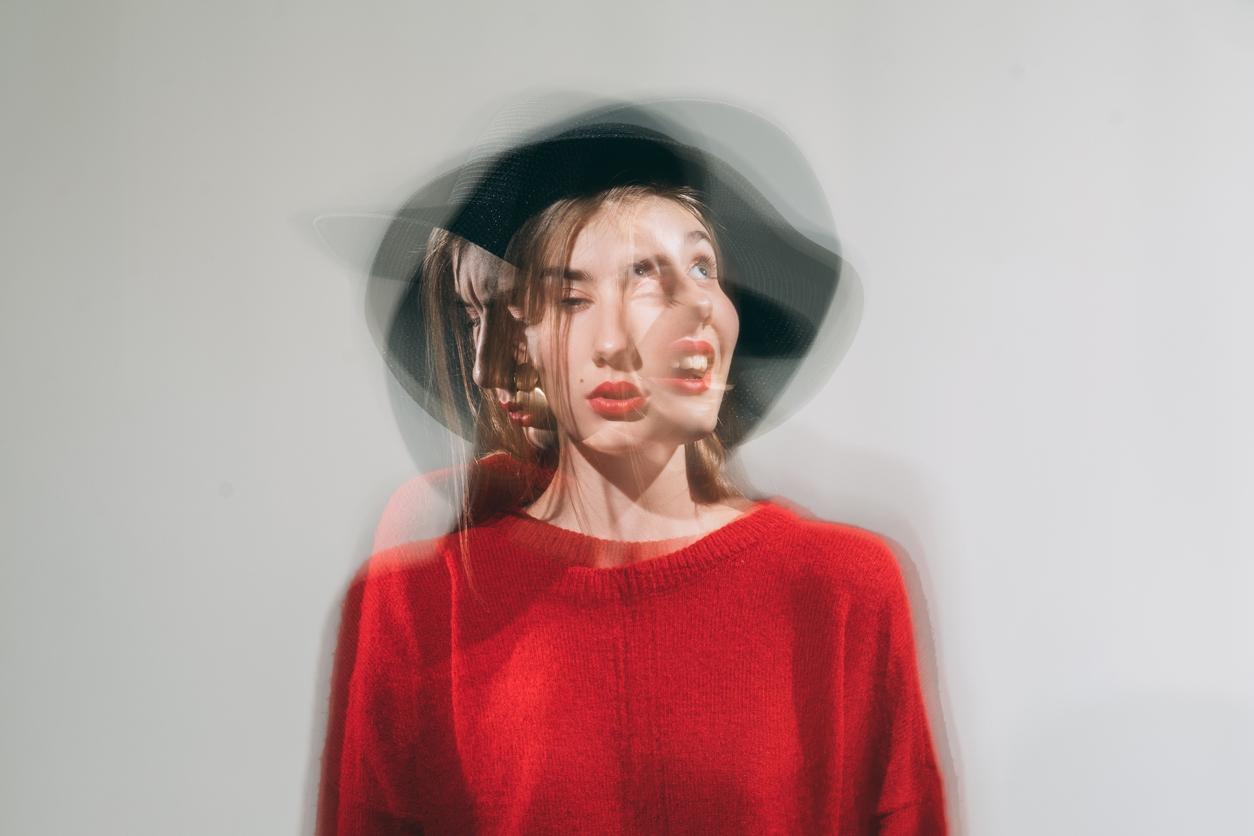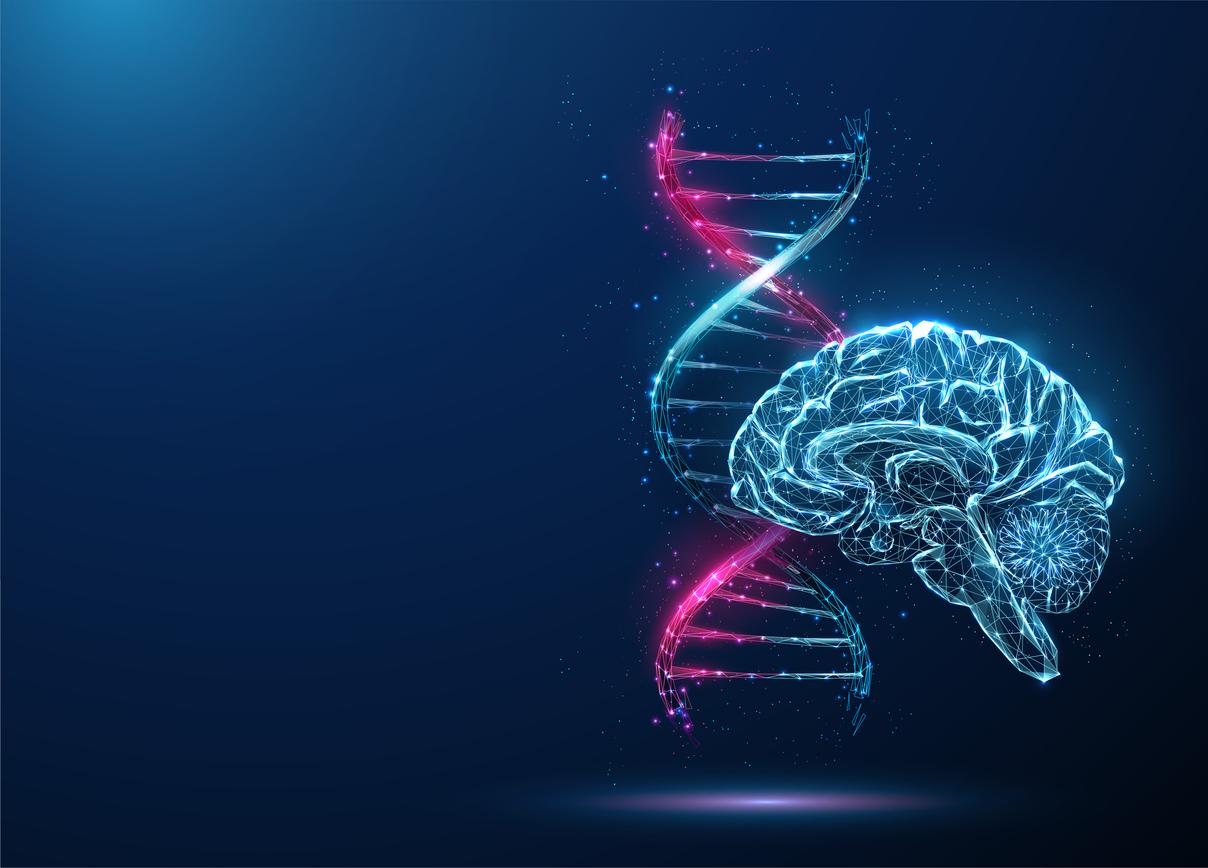Schizophrenia affects 1% of French people, or 660,000 people in France. It most often occurs between the ages of 15 and 25 (85% of cases). And may be due both to biological fragility, but also to environmental stress.
The Covid-19 pandemic has weakened its screening, its management and triggered many new cases. “It is therefore very important during this period to be attentive, in young people, to signs such as hearing voices, sleep disturbances or eating disorders, underlines the Positive Minders association. The pandemic has also upset the monitoring of a large number of patients. Day hospitals, workshops and outpatient facilities have closed, group therapy has often been stopped, access to initial care is made more difficult and very many consultations are now carried out by telephone or videoconference. ”
To cope with psychotic delirium, the most impressive part of this pathology, the association launches a de-stigmatization campaign from March 13 to 20.
Psychotic delirium: what is it?
The phases of delusions are often discontinuous, and do not only concern people with schizophrenia. They are manifested by ideas of persecution, intense guilt, desires for greatness (save the world), divine missions … They can be accompanied byauditory, visual, olfactory and taste hallucinations and disturbances in the perception of the body. Schizophrenia is ranked among the top 10 most disabling diseases by the WHO. But many treatments exist and are evolving, allowing 80% of patients to see their symptoms improve.
The schizophrenic patient, at the center of the care
How to react ? Several options exist, such as cognitive and behavioral therapies (CBT), which aim to help the patient to manage his delusions, in addition to drug treatments.
It is essential to take the patient into account: in the face of crises, the therapeutic alliance, shared decisions or psychoeducation have become key strategies. They are based on listening and open up a dialogue with the patient.
At last, support for family caregivers via carers’ associations is very important in the care. The objective is to make families understand the symptoms as soon as they appear, to adapt the support and take a step back.
But therapy and associative support are not the only answers, certain technologies also make it possible to channel brain dysfunctions : mobile applications, bots, transcranial magnetic stimulation, virtual reality or even avatars. All are presented as part of Technopsy’21.
More informations : schizophrenia days from March 13 to 20, 2021.
Read also:
- Schizophrenia: what are the risk factors?
- Certain genes in the placenta predict the risk of schizophrenia










